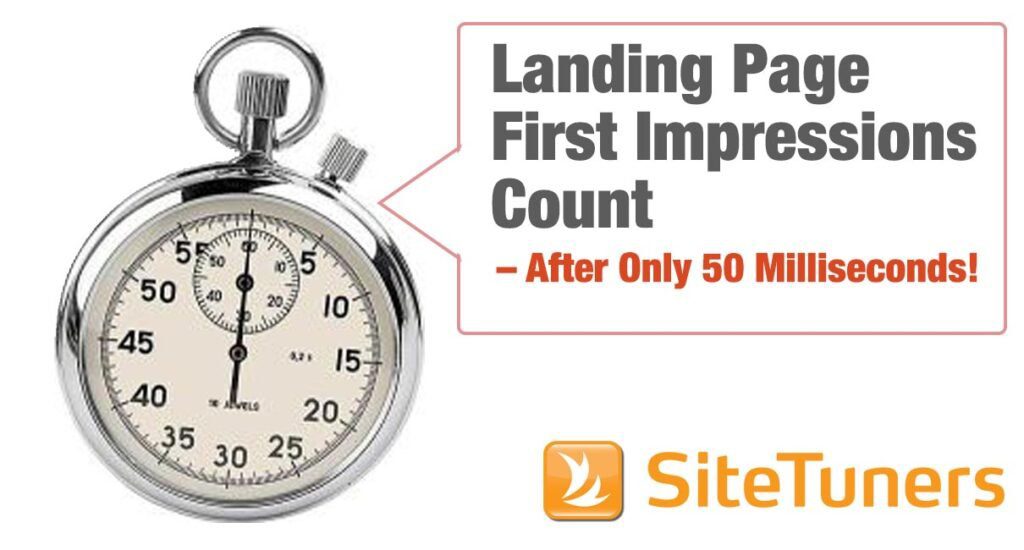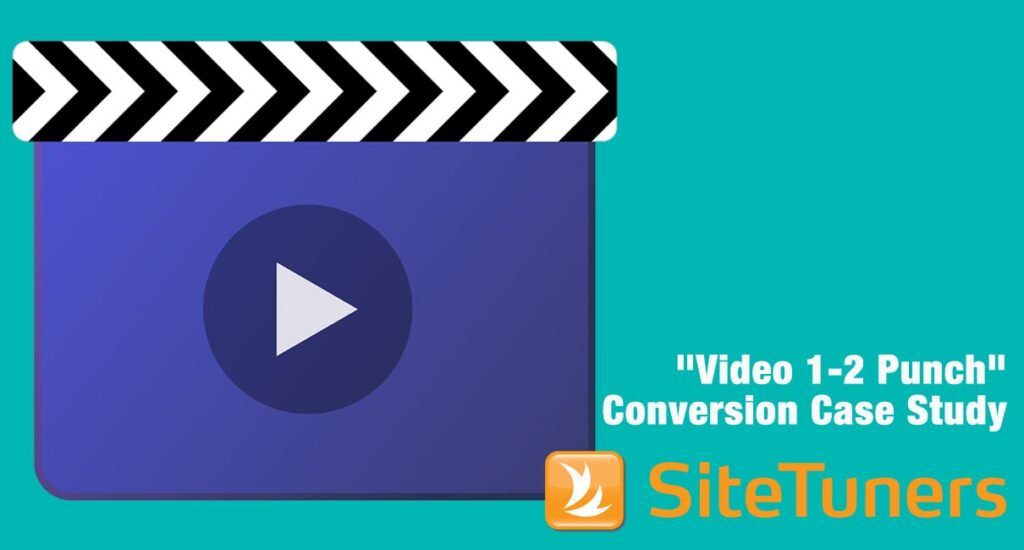SEM, SEO, or CRO – Which fits best for your online strategy?
Summary: Making decisions about where you want to go for dinner on a Friday night is fun; deciding what’s the best strategy for your business can be daunting.
So, the good news is that today, we are going to ease your worries. This post is going to provide you with more than enough information, so that by the time you are done reading, you will have made up your mind about whether you need SEM, SEO, or CRO for your business.
Let me give you the first answer straight away. You might not need all of them, but you definitely want to tackle them in the right order.
As you know, there’s no one-size-fits-all solution for the challenges that await you in this fast-paced competitive environment that today´s online industry has evolved into.
However, if you are to focus on structuring your own marketing expenditure in an efficient way, your results will take you way further than trying a bit of everything at the wrong time.
This is why we are going to do a serious analysis on SEM, SEO, and CRO so you can evaluate your current position and decide the best fit for your online strategy.
Before we move into the actionable content, it can be beneficial to give this post a bit of context. However, if you are here for the actionable stuff, move on to section 2. How do they work in combination
The (digital) world we live in
For ages, online presence has been just a box to mark as “complete”. Businesses would make do with their physical presence and online marketing strategies were there to create awareness for the brand.
Soon after, platforms such as E-Bay and Amazon started shaping the consumers´ behavior and online purchases started to become less scary and less of a novelty (see graph below).

This new (now current) way of doing business started to apply pressure to conventional businesses who witnessed overseas manufacturers evolving from mere producers towards becoming strong, direct competitors, gaining ground by the hour.
Today (2020/2021), with the pandemic affecting the entire world, we live in an economic environment that in a matter of months has turned the way of doing business upside down. It is quite clear for everyone that now, more than ever, either you adapt and evolve to the digital market or you are doomed to fall behind with a very doubtful future.
The real issue for business owners is that they already spend so much time operating all aspects of their business
However, the real issue for most business owners is that we already spend so much time dealing with stock levels, complaints, updates, meetings, taking care of customers and their demands, shipping, signing agreements, and all the other everyday challenges of operating pretty much any type of business. So, the last thing you put on your to-do list is to take an in-depth look at your marketing strategy so you can try to find out what best fits your marketing budget.
Online competition is too complex, moves much too quickly, and has far too much money invested for a myopic strategy to gain much influence. That’s why all the top dogs have huge marketing teams. Believe me, if they could avoid the expense, they surely would.
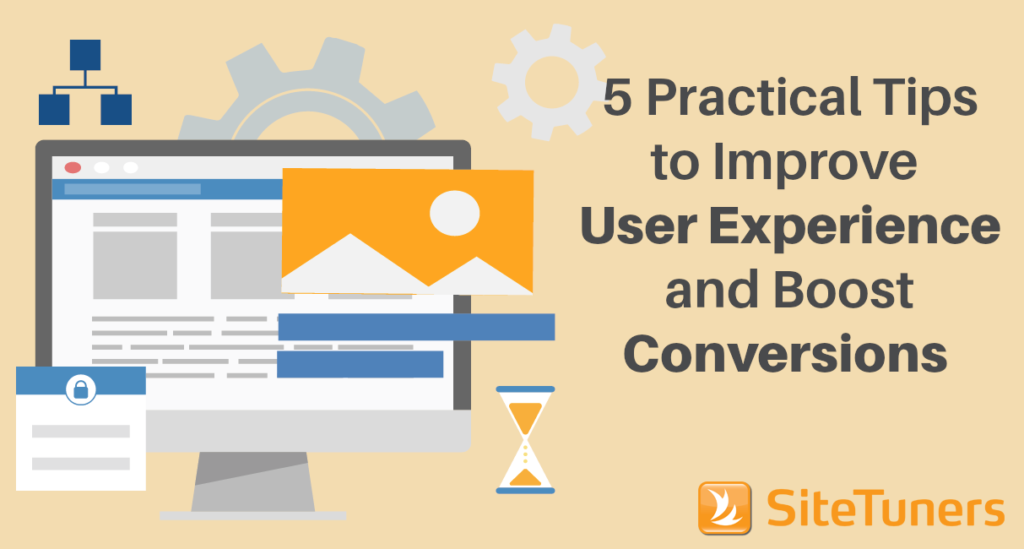
Improve your websites user experience and boost conversions
But do not allow yourself to get intimidated! It’s not as bad as it sounds. While you probably cannot afford to bring in a top-shelf team of expert marketers to cover every angle, you can still establish a solid strategy and series of smart procedures by spreading your efforts across several areas of the digital marketing world (particularly since there’s a lot more overlap than you might think)
Therefore, let´s cut to the chase and start to analyze SEM, SEO, and CRO with the aim to ease some of your worries so you can start making headway in the right direction.
In the next section, we are going to start by recapping what exactly is involved with SEM, SEO and CRO, in order to see how you can bring them together in an orderly manner. This way you can achieve greater success for your business by taking the bull by the horns.
So again, if you feel you’ve already got this section under control, feel free to move on to section 2. How do they work in combination, where the actionable content gets serious.
If you wish to reinforce the basics, continue reading; we can look at the advanced stuff afterward.
1. SEM, SEO, CRO Recapping the Basics
SEM – Search Engine Marketing
SEM stands for Search Engine Marketing and refers to promoting a product, site, brand, page, or person to increase visibility in search engines. What exactly the marketing involves will depend on the circumstances and the marketers, but it will typically consist of a combination of paid search ads and efforts to make pages rank better.

Advantages and Disadvantages of SEM
A vast majority of online retailers think that “the more people who visit my online store, the more I will sell”. And to a certain extent that is OK if you have a large budget to spend on generating traffic. At the end of the day, you must decide your way of doing business based on your resources. You will be incurring a very uncomfortable cost per lead but, if that works for you, fine.
With SEM when you stop paying for clicks those clicks evaporate
As noted, this strategy might get good results, but the resource drain would be consistent. This is not to mention that the ROI would be mediocre at best. In fact, the current trend towards drop-shipping is driven nearly exclusively by PPC, and it’s hard to imagine there being so many Oberlo stores up for grabs in the online marketplace without it — but its results don’t compound.
The problem is that when you stop paying for clicks, those clicks evaporate. Without the SEO component of SEM, it’s a short-term strategy at best, and not even a good one unless you have the budget to keep it going indefinitely.
That isn’t to say that SEO is always vital; paid ads are fast, scale up powerfully, and are reliably effective if used correctly. Yet, I think you will agree with me when I say that one of the most important factors for any business owner is efficiency. Evolving and optimizing your business to maximize your ROI is efficient.
SEO – Search Engine Optimization
SEO is Search Engine Optimization, and it’s actually a subset of SEM (Search Engine Marketing). SEO is purely about altering and improving web pages and online content in general. It helps them look, perform, and rank better in search engines (mostly Google). Aside from an initial investment in SEO work, organic search traffic comes at no cost, yet it’s a vital element of long-term e-commerce viability.
I strongly recommend Ubersuggest if you wish to take a serious stride on your SEO.
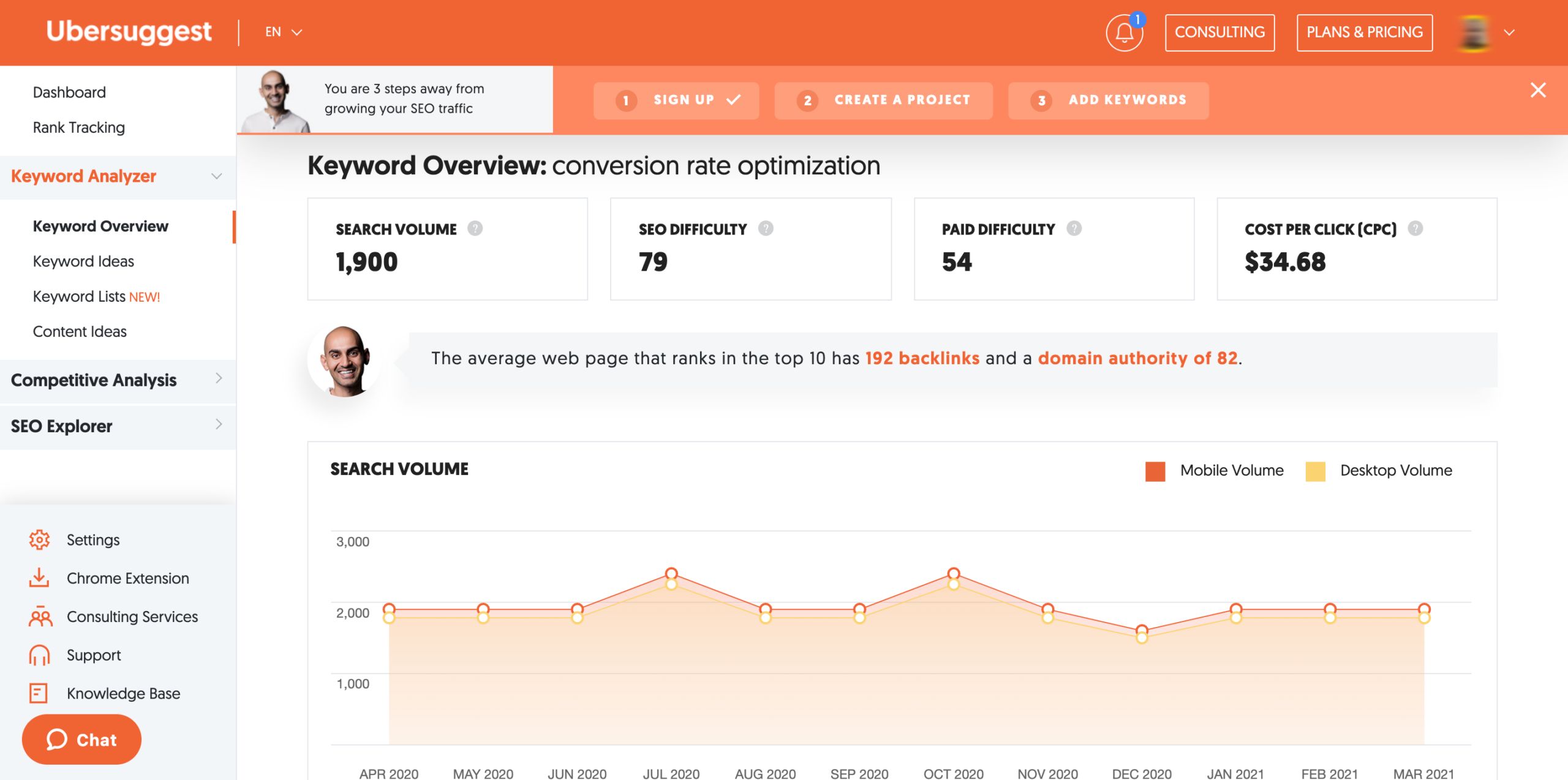
Advantages and Disadvantages of SEO
SEO is the foundation in building a solid source of leads. Once achieved, it will yield results pretty much on its own. While it requires constant maintenance and improvements, the boost of SEO for your website will yield results indefinitely.
Now for the downside: SEO is pretty much a skill that is crafted after years of trial and error and it would take a long time to gain any traction (it’s a complex and arduous process). More even now that Google is about to release their new update Google Core Web Vitals.
During this time, there’d be very little traffic generated, meaning there would be no sales. Besides, anyone who did find their way to your site might be unimpressed if the content is not optimized by meeting user intent and delivering on the promise.
CRO – Conversion Rate Optimization
CRO stands for conversion rate optimization. The conversion rate on any given website is determined by how many people who reach the page ultimately choose to move forward with the transaction they began. It is one of the strongest indicators of how effectively your site is performing. It doesn’t stop with buying products though; it’s often useful to treat every user action that you believe has real-world value as a meaningful conversion (e.g. downloading a brochure or submitting a contact form).
Essentially, you are attracting visitors to your website because you want them to take action. Conversion rate is calculated by dividing the number of visitors that come to your site by the amount of those who take a specific action.
https://sitetuners.com/blog/it-s-not-conversion-it-s-conversions-plural
Advantages and Disadvantages of CRO
CRO is possibly the fastest and better measurable ROI on the digital marketing spectrum. Applying CRO concepts to your website does not involve heavy coding skills most of the time. Just by adding small changes to your home page, or landing page, you can start measuring increases in conversions pretty much immediately.
That being said, in order to optimize conversions, you truly need to know two main things:
- Why your visitors come to your site (user intent); and
- How to speak directly to their subconscious brain so you can reduce cognitive exertions in order to guide them towards the desire actions.
The art of communicating the intended message is not something that you can download from the Internet. Although you can learn, understand, and apply certain CRO techniques, CRO is a skill that requires years of experience and satellite knowledge to get it right. Applying the wrong strategy for your business will only lead to a messy website with no clear sense of direction for users. Once you are able to master this skill, it’s only then that you will be able to start adding persuasion elements to your offering.
2. How Do They Work In Combination?
Alright, so now that we have covered the basics and there is no room for hesitation, let´s look at how they work in combination with each other.
Combining SEM and SEO is really not an issue. The latter is part of the former, so it really just requires you to pursue SEM without focusing exclusively on paid search advertising.
Once you’ve started driving traffic to your website by completing your SEO work, any alterations you make to your website with the intention of getting more visitors to buy will be managed by your CRO work.
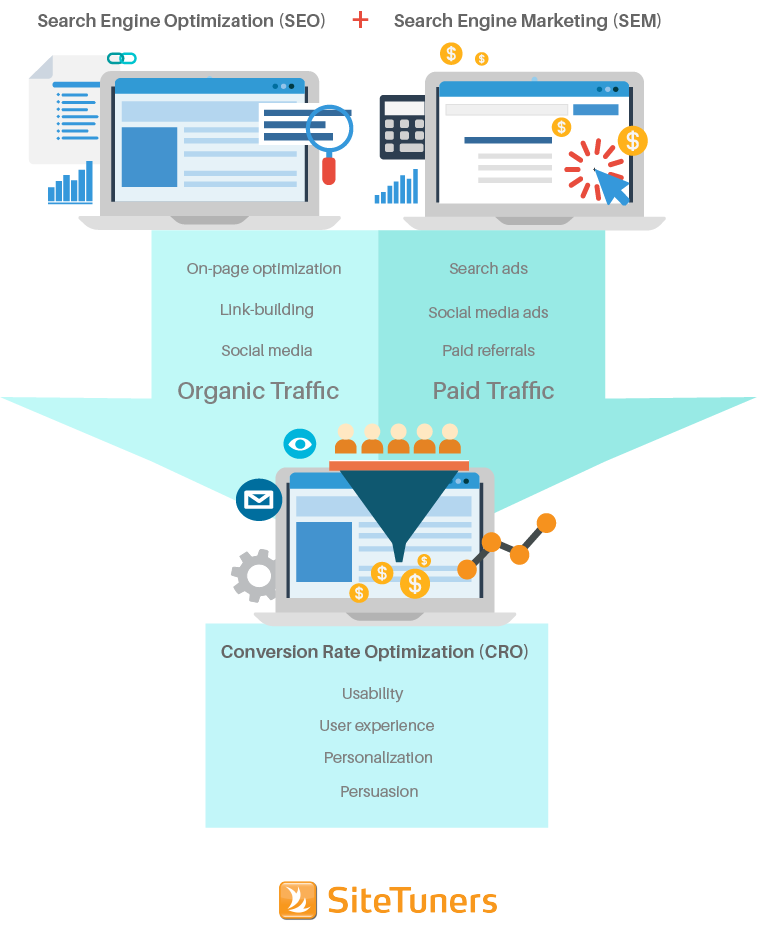
Expanding on this, when you invest in SEM and you start to describe your product or service with SEO in mind, by default you are also using CRO, even if you are not aware of it.
The problem is that most of the time, SEO copywriting is, counterproductive with CRO. While you are putting time and effort into making Google’s algorithm happy, you might be neglecting that cognitive effort to raise visitors’ conversion rates.
The issue when ranking on Google through SEO is that copywriting can become counterproductive with CRO
Therefore, in your efforts to rank 1st position in the SERP (search engine results pages), you are directly sacrificing conversions, which is ultimately what brings the dough to the business.
However, let’s reverse the picture here. How about if you were to work on improving conversions on your website? Yes, you might be increasing the number of sales for those who land on your website but also, not having a clear SEO plan in mind will also decrease the number of visitors to your site.
But before we move on, this point must be analyzed a bit deeper.
If your website was to encourage visitors to stay longer (increase engagement), interact with the different CTAs of your site (reduce bounce rate), and finally, convert, are you not sending a signal to Google’s algorithms that visitors are finding what they’re looking for on your website? Therefore, your SERP position would be bumped up at the same time that your bottom line starts to improve?
3. Are You Leaving Money on the Table?
Let me put it this way; if you are not structuring your marketing efforts in the right order, most likely you are not utilizing your marketing budget to its maximum potential.
How can we determine if we are getting the most juice out of these three digital marketing disciplines?
Imagine that someone has just launched their retail business, selling assorted gadgets (possibly even using drop-shipping). Now, let’s think about what would happen if they committed to just one of these practices:
SEM minus SEO (just PPC).
As discussed before, how large would the initial budget of this company need to be in order to make this business model sustainable? If you can afford it, go for it, but you are definitely burning your cashflow at a scary rate.
SEO alone
If you master this technique and are capable of bringing your site to the first three of five positions on the SERP, chances are you are on your way to make a profitable business.
But then, what would be the use of attracting many visitors to your website if they are not taking any desired actions after they land on your page. If you are in the business solely to provide content without expecting anything in return, great! But most of us are here to make a living.
CRO alone
CRO would nicely polish the landing pages and product pages, but with neither PPC nor SEO to bring in traffic, it would essentially be pointless. Even a massive conversion rate is useless if there’s hardly anyone visiting the site.
The bottom line is that even using just two of the three would be suboptimal and constitute leaving money on the table. If you can eventually build up enough SEO equity and your conversion rate is healthy, you can pause PPC advertising and see if you can get by without it — but you may not want to. Most big retailers run PPC ads in perpetuity because they continue to turn a profit.
4.What Should Be First?
In most cases, it depends on different factors such as the type of business, the industry you operate in, the level of competition, and so on. But, based on our experience with thousands of clients, the common denominators tend to be similar. The easier way to address this question is by the analogy “before inviting guests, you need to clean your house”.
If your website does not do a good job at showing users what they came for, does not help visitors feel comfortable sharing personal information, and does not clearly tell them what they are supposed to do in order to get what they came for, most likely your website is not going to convert. No matter how many people you bring to a low converting site, your advertising ROI will always be suboptimal.
Moreover, think about the last time you were looking to purchase something online. I guarantee that you saw the same product on several websites at a similar price. Most likely you decided to go with a website that provided answers to the three CRO cornerstone questions that we described in one of our previous posts.
5. When is it time to move to the next strategy?
When you’re pressed for time and have limited resources, you need to operate with tremendous efficiency. By prioritizing tasks that involve each of these practices, you can get significantly increased value in return for your effort. Here are some examples:
- Develop high-converting landing pages. One of the best things you can do for a core product or service is to create a strong landing page to serve as the target of your traffic drivers. Mixing that with excellent content, design, and UX to boost the product conversion rate will then improve the on-page SEO factors to give it strong ranking potential.
- Produce cornerstone content. Through creating high-quality advisory and informative and/or entertaining content for a store blog or guide section, you can achieve several things that will affect everything we’ve looked at, such as:
- Raising your brand authority. The better your content (and the more useful information it provides), the more you will be seen as an authority in your area of the e-commerce world. This will reduce user reluctance while shopping (particularly for high-cost items), earn you better Google rankings, and give your PPC ads some convenient name value.
- Establishing consistency. Users and search engines alike prefer businesses that are consistent in what they say and how they act. Pushing out strong content on a regular schedule, with no duds along the way, will encourage prospective buyers to listen to you and will enable search engines to trust the quality of your site.
- Winning social shares. People like to share content with their friends and communities. Having some great guides or articles on an offer will boost your social shares, which will lend social proof to your core business, get you additional attention and feedback into a positive public perception.
- Target multiple channels. With so many popular digital channels competing to occupy our time, it’s unwise to focus on any one of them in particular. If you’ve spent time and resources on making your website and blog content extremely impressive, you need to get that content in front of as many eyes as possible — and that means cross-platform. What’s more, it isn’t even that difficult to achieve this using tools like Hootsuite (though you need to be careful about the formatting).
6. Measuring Results and Continuous Improvements
Run extensive A/B testing
A/B testing is simply the practice of alternately running two versions of a page. You might change an image, a piece of text, or even a button — you might even change multiple things, though that would make the results less clear. Applying A/B testing across your entire marketing funnel (going all the way from the formatting of your PPC ads to the central CTA of your landing page) will get you the best results, because even a slight improvement to each step will add up to a meaningful improvement to the overall process.
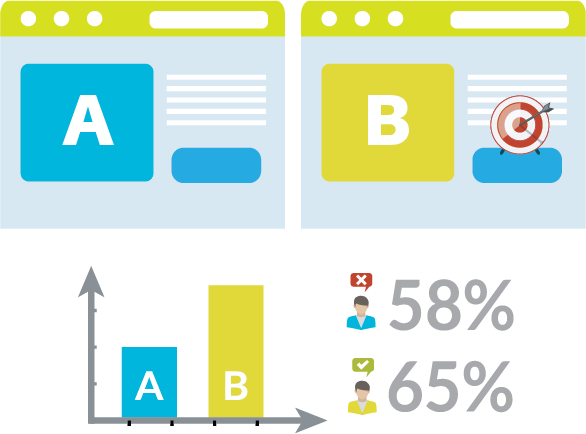
The marketing process doesn’t often succeed through one particularly convincing step, because it’s a slow build, and even the most captivating introduction can be undermined by a weak follow-up. A funnel with no weak links will work considerably better than one with a couple of standouts and a solitary clunker. Remember that mostly everyone who ends up buying from you will need to have made their way through the entire process — one weak link can ruin the chain.
Final Thoughts
Doing business in today´s economic environment forces business owners to have a solid and consistent presence online. However, this does not need to be another problem to solve in our daily tasks. Thankfully the internet is full of tools and resources to strive in your digital marketing strategy and, yet they require an initial investment, most of your marketing efforts will take you way further than any investment you do in the physical world.
Whether you are an e-commerce or an established business on the high street, if you are aspiring to achieve further growth, my hope is that this article has helped to provide you with a better understanding of the level of awareness you must have to make the most of the online opportunities available to everyone.
No matter how tempted you are to overlook one part of the process (you might hate writing product copy, for instance), it’s vital that you don’t. Whether you do it all yourself, or you bring in some assistance to get it all done, make sure that your strategy encompasses SEM, SEO, and CRO in the right order. Your bottom line will benefit soon enough.
This post was originally published by our guest writer Patrick Foster. It has been now updated and extended for accuracy and comprehensiveness.

